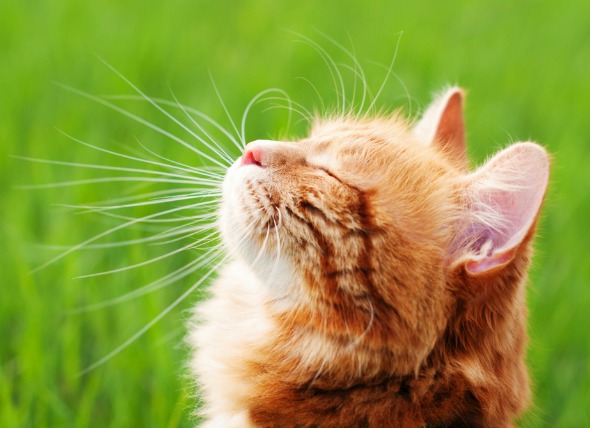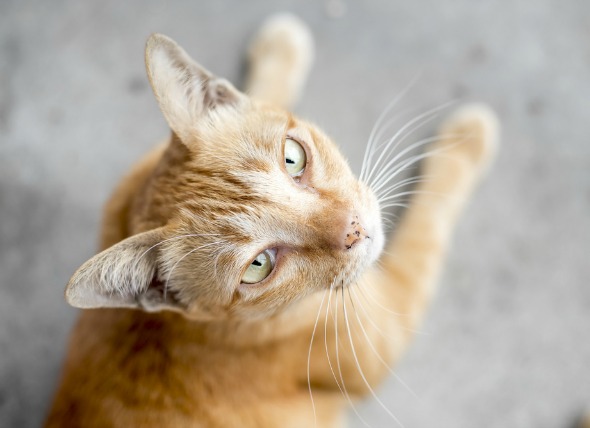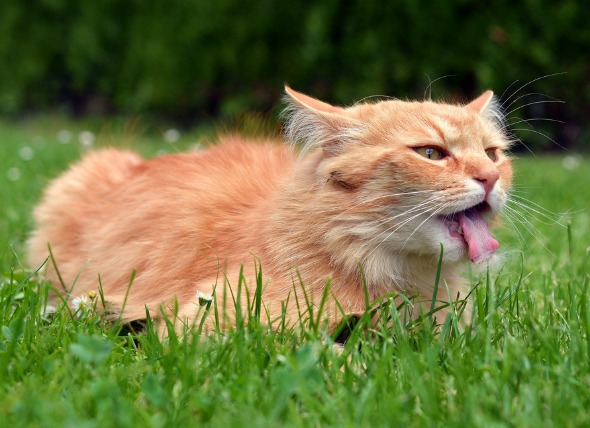
A slower-than-normal rate of impulses in the sinus node is medically referred to as sinus bradycardia (SB). Also called the sinoatrial node (SAN), the sinus node initiates the electrical impulses within the heart, triggering the heart to beat or contract. In most instances, slow sinus electrical impulses is benign and may even be beneficial; however, it can also cause loss of consciousness if it is brought about by an underlying disease that disrupts the cardiac autonomic nerves, which act as the heart's control system.
SB is less common in cats as compared to dogs. Moreover, the rate of the heartbeat will depend on the environment a size of the animal.
Your cat may display no symptoms if it very active or engaging in athletic training. Typically, the sinus bradycardia (heartbeat slower than 120 beats per minute, although depends on the animal's environment and size) is most apparent when your cat is at rest. Some other common symptoms associated with sinus bradycardia include:
Your veterinarian will perform a thorough physical exam on your cat, taking into account the background history of symptoms, your cat's overall condition and activity level, and possible incidents that might have led to this condition.
A complete blood profile will be conducted, including a chemical blood profile, a complete blood count, and a urinalysis -- the results of which may indicate the presence of substances that might be causing a slowed heart rate. These tests will also reveal deficiencies in the blood if that is the underlying cause. They also may offer clues to possible kidney failure. Your doctor can also use X-rays and ultrasound to visually examine your cat's internal organs for abnormalities in the heart, kidney and other organs. An electrocardiogram (EKG) recording can be used to examine the electrical currents in the heart muscles, and may reveal any abnormalities in cardiac electrical conduction, which underlies the heart’s ability to contract and beat. An initial 24-hour heart monitoring may be indicated to conclude a diagnosis.
Treatment and therapeutic approaches will be determined by the underlying disease for the SB, the ventricular rate, and the severity of clinical signs. However, many cats exhibit no clinical signs and require no treatment.
If your cat is in critical condition, it may be treated as an inpatient, where intravenous fluid therapy can be administered. Restrictions on activity will not be recommended unless your cat has symptomatic SB that is related to structural heart disease; then exercise restriction will be recommended until medical and/or surgical intervention can resolve the problem.
Your physician will order further monitoring depending on the final diagnosis. Signs, if present, should resolve with correction of the causative underlying condition. However, the overall long term prognosis varies with the nature of the structural heart disease, if there is one present. For example, treatment of symptomatic SB with a permanent pacemaker generally offers a good prognosis for rhythm control.
 Lung Cancer (Adenocarcinoma) in Cats
Lung Adenocarcinoma in Cats
Adenocarcinoma is a m
Lung Cancer (Adenocarcinoma) in Cats
Lung Adenocarcinoma in Cats
Adenocarcinoma is a m
 Skin Bumps (Papulonodular Dermatoses) Cats
Papulonodular Dermatoses in Cats
Bumps that are f
Skin Bumps (Papulonodular Dermatoses) Cats
Papulonodular Dermatoses in Cats
Bumps that are f
 How to Stop Your Cats From Growling & Cuffing Each Other
How to Stop Your Cats From Growling & Cuff
How to Stop Your Cats From Growling & Cuffing Each Other
How to Stop Your Cats From Growling & Cuff
 Laryngeal Disease in Cats
Disease of the Voice Box or Larynx in Cats
The vo
Laryngeal Disease in Cats
Disease of the Voice Box or Larynx in Cats
The vo
 Parasitic Infection of the Respiratory Tract in Cats
Respiratory Parasites in Cats
Respiratory parasit
Parasitic Infection of the Respiratory Tract in Cats
Respiratory Parasites in Cats
Respiratory parasit
Copyright © 2005-2016 Pet Information All Rights Reserved
Contact us: www162date@outlook.com